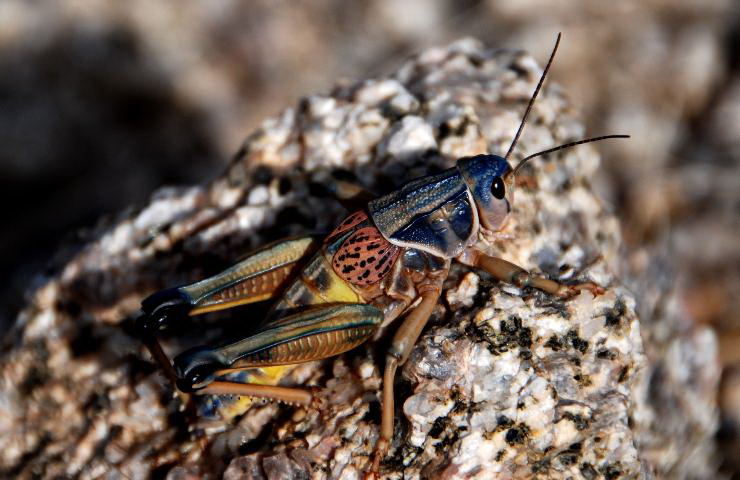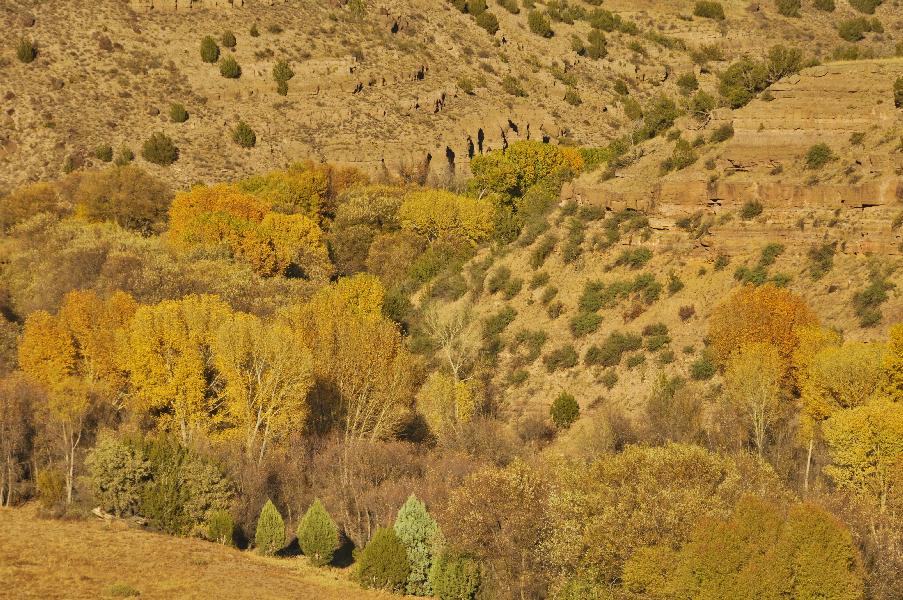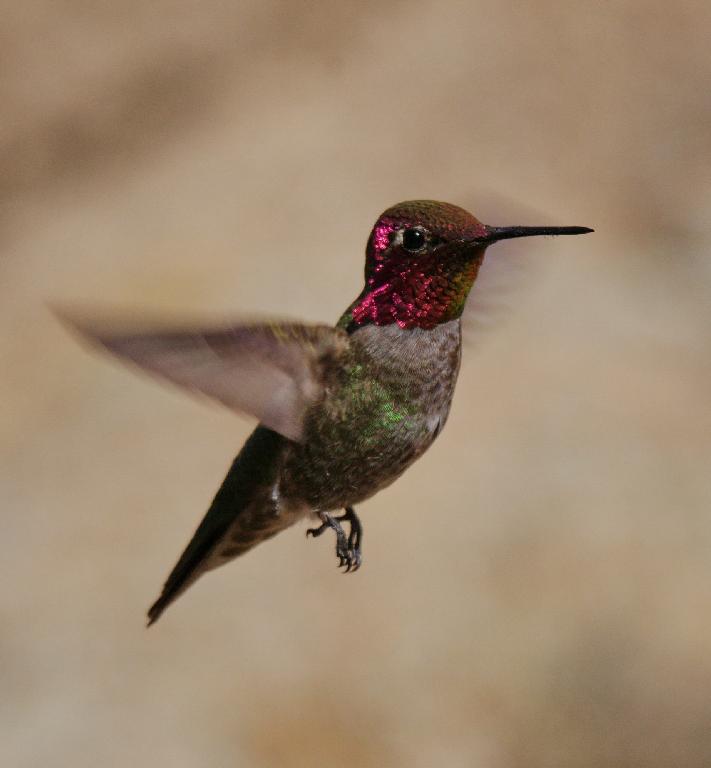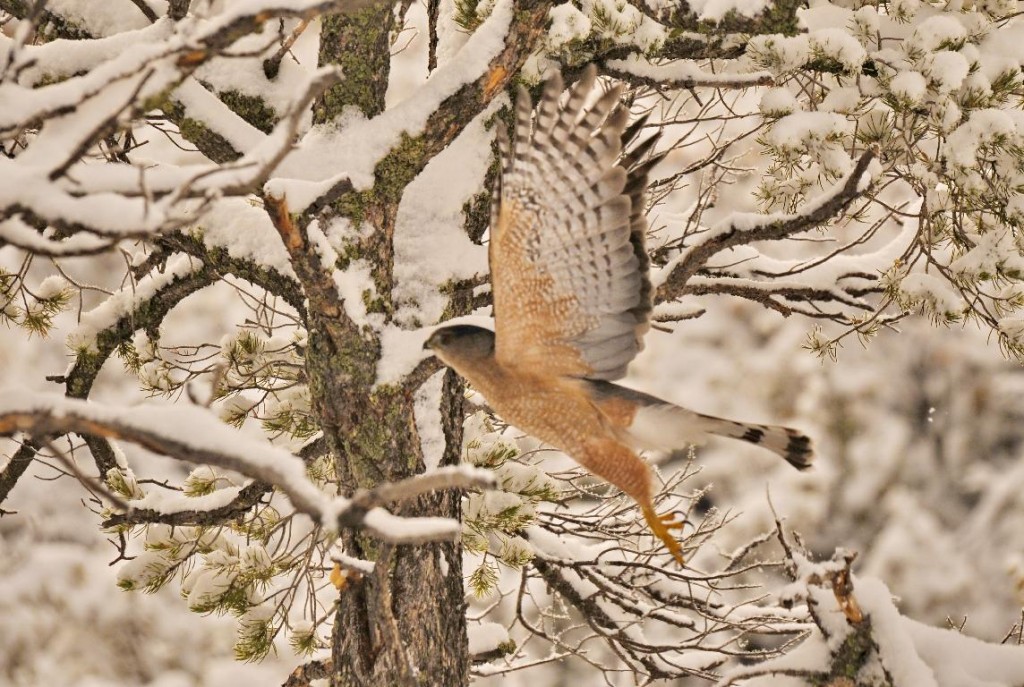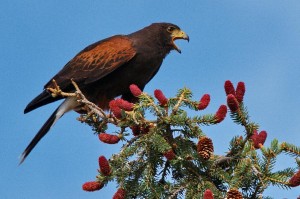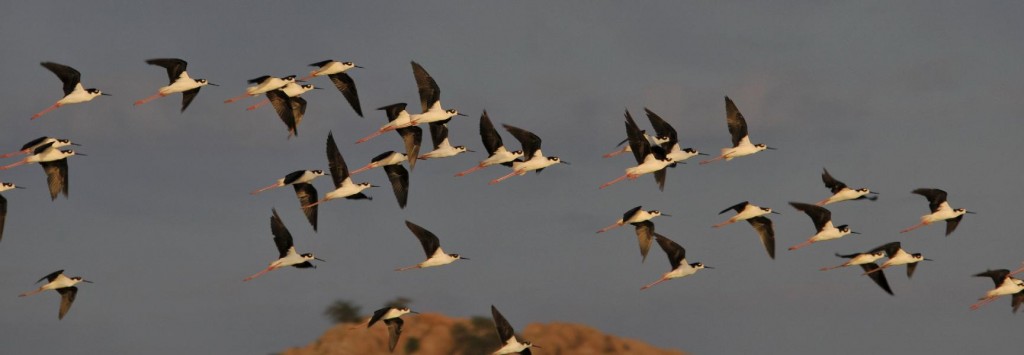You get what you pay for, they say. Today I collected a fortune, with interest, because I paid attention. Continue reading
Tag Archives: birds
Thoughts on J. Henri Fabre
Sitting in a burlap blind at the edge of the vast Malheur marsh in SE Oregon, my camera on my lap, I knew I might have hours to wait before some creature appeared within range of my lens. I was new to wildlife photography, but I was aware that constant vigilance was a price the photographer must assume for success. Continue reading
When Verde Means Gold
Just as a migratory bird feels an irresistible inner urge teach fall, so do I experience a powerful restlessness satisfied only by ignoring my in-box, pushing aside the endless piles of papers begging to be shuffled, and taking off to some quiet corner of nature when I can embrace the changing of the seasons with full attention.
Autumn hasn’t been waiting for me—the aspens have scattered their yellow coins already up at Mt. Francis, and the maples have displayed their crimson badges at Mingus Mountain without my approval. I am not teaching my Interpreting Nature class this fall, which usually provides me a legitimate excuse to get out there. Thus, if I am not to miss the whole gaudy show of carotenoids, anthocyanins, and other pigments, I have to seize the moment, and yesterday afternoon I did just that. Continue reading
March Madness
No, I am not going to pontificate on the NCAA basketball tournament in progress, though the testosterone-driven excitement around the games certainly parallels the changes that I see in the hummingbirds in my yard. Anna’s Hummingbirds have been chasing each other around like ballistic missiles with hyperdrive all month. When a surprising snowstorm raged through Arizona in the final two days before the vernal equinox, it was shocking to see zipping flashes of hot pink though the snowflakes. When I would replace a feeder of frozen nectar with fresh liquid, the feisty little birds buzzed my head as if annoyed that I was not out there at the crack of dawn with sugary elixir. Patience is not a hummingbird virtue. Continue reading
Aerial Assassin
Dining has its dangers. And I don’t mean indigestion or choking on a bone. I’m talking hazards for the local seed-eating birds—the doves, quail, sparrows, juncos, and finches that check out the seeds that I scatter on the ground each morning.
Winter’s icy chill has descended on this part of Arizona, and recent snow has frozen into a crunchy crust. Little soil is exposed, and even the shrubs continue to bear heavy blobs of snow. These are lean times for seed-eating birds; there is no dietary margin for error. Find enough to eat or die. Continue reading
The Call of the Wild: Are We Listening?
Deep within us we carry the genetic legacy of our distant ancestors. When we hear the mournful howl of a wolf, there is a shiver down our spine, a surge of adrenalin that we cannot control. We respond automatically and positively when we view a cute and cuddly creature or one of the “charismatic megafauna.” For some people, the call of the wild has become more of a whisper, but it’s there.
Recently I gave the keynote address for the 2011 Regional Urban Wildlife Symposium sponsored by the Open Space Alliance of Yavapai County, Arizona. Joe Phillips videotaped it and posted it on You Tube, so here it is if you want to hear and see my take on THE CALL OF THE WILD: ARE WE LISTENING?
Autumnal Equinox
Another summer has slipped over its equinoctial belt—its pride hath gone before the fall. And so it is for me, veteran of many celestial cycles. Basted over the coals of another Arizona summer, I am, at the very least, well-seasoned by now. Continue reading
Bats, Cuckoos, and Happiness

Granite Dome at sunset
After a day spent mostly at the computer screen, I need to stretch. Granite Dells stretches me, pulls me irresistibly into the mazes of outcrops and canyons, especially appealing when thunderheads have finished their rumbling and are sailing away across the heavens, mission accomplished.
I head toward Granite Creek, its cottonwoods pulsing with the choruses of strident cicadas. Though monsoon storms have been modest at best in this neighborhood, the weeds, native and otherwise, are dense and lush. Fortunately, mosquito populations here are lower than last year, and as long as I keep moving, I avoid serious blood-letting.
There are signs here indicating that this is a restoration area, and the twenty-foot cottonwoods and shorter velvet ash and hackberry trees are evidence that recovery is occurring. A developer had grand plans for this area, and he drained a small recreational lake that had been used by residents and tourists alike in the “good old days” of early Prescott. He also cut out the willows and cottonwoods that framed the pond and leveled the whole works for his development. There were plans for a bridge across Granite Creek where now there is a fair-weather ford—a bridge that might have impeded Wood Ducks and Black-Hawks as they flew up and downstream searching for food. With money pouring from his deep pockets and machines moving the earth with seeming impunity, he didn’t take one thing into account: his development was right next to the property of one of the Dells’ most colorful characters, Happy Heavenly Oasis (no, this is not a pseudonym). Continue reading

